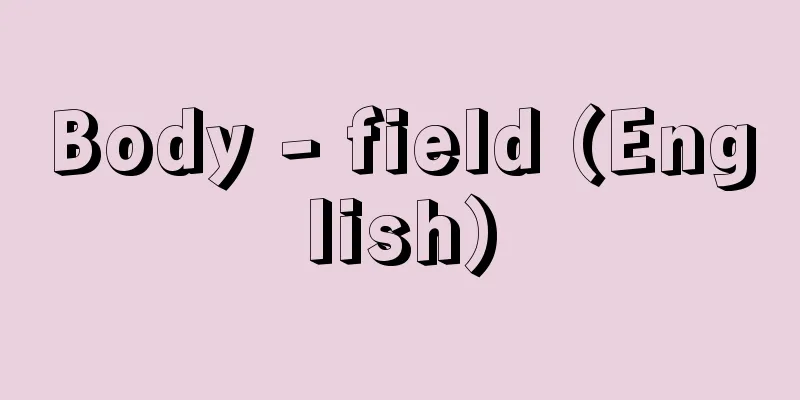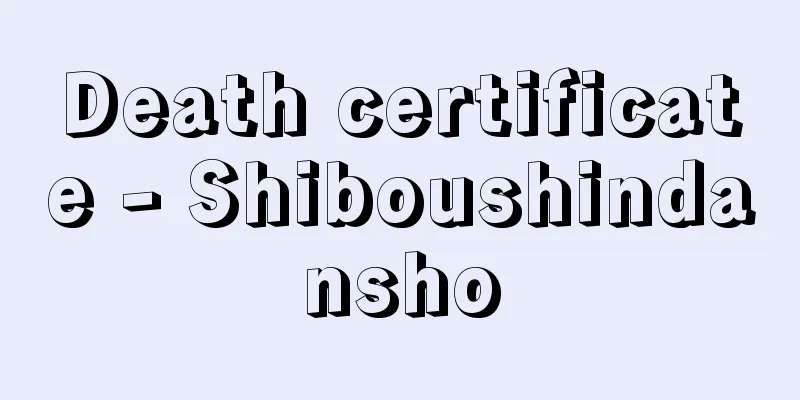Body - field (English)

|
When all elements of a commutative ring K, except for the zero element, become a group through multiplication, K is called a field. In a field, the four arithmetic operations of addition, subtraction, multiplication, and division can be performed. The set of rational numbers Q, the set of real numbers R, and the set of complex numbers C become fields through the four usual arithmetic operations with numbers. They are called the rational number field, the real number field, and the complex number field, respectively. A field has an identity element different from the zero element and is a commutative ring with no zero divisors, that is, an integral domain. Just as the set of integers Z is an integral domain but not a field, integral domains are different from fields, but just as the rational number field Q can be constructed by creating fractions from the integer ring Z, from any integral domain A, a field K={a/b|a,b∈A,b≠0}, which is called the quotient field of A, can be constructed. For a commutative ring A with identity, mod A/ɑ={a+ɑ|a∈A} by an ideal ɑ, A one-to-one mapping ρ from a field K onto a field K′ is ρ(a+b)=ρ(a)+ρ(b), Let us now take ω = (-1 +)/2, and let Q(ω) be the set of all complex numbers f(ω) obtained by substituting ω into the polynomial f(X) with Q coefficients. It is easy to see that this set Q(ω) is an integral domain using numerical addition and multiplication, but it is actually a field. In fact, if we note that ω is the root of the polynomial p(X) = X2 + X+1, then for polynomial f(X), if f(ω) ≠ 0, then a(X)f(X) + b(X)p(X) = 1 When a field k is included in a field K and the four arithmetic operations of any elements a and b of k are the same as the four arithmetic operations when a and b are considered as elements of K, the field k is called a subfield of field K. Q is a subfield of R, R is a subfield of C, and the aforementioned Q(α) is a subfield of C. Field K has a unique smallest subfield F. F is isomorphic to either the field of rational numbers Q or Z/Z·p (p is a prime number). Depending on the case, we say that the characteristic of K is 0 or p. The characteristic of a field of numbers such as Q,R,C,Q(α) is 0, and the characteristic of (Z/Z p )(X) is p. In a field of characteristic p, Fields were devised by Dedekind and others in connection with problems such as finding the roots of polynomials algebraically, and have become one of the important basic concepts in algebra today. [Tsuneo Kanno] [References] | | | | | | | | | |Source: Shogakukan Encyclopedia Nipponica About Encyclopedia Nipponica Information | Legend |
|
可換環Kの零元以外の元全体が乗法で群になるとき、Kを体という。体においては、足し算、引き算、掛け算、割り算の四則演算ができる。有理数全体Q、実数全体R、複素数全体Cは、普通の数の四則で体になる。それぞれ有理数体、実数体、複素数体という。体は、零元と異なる単位元をもち、零因子のない可換環、つまり整域である。整数全体Zは整域であるが体でないように、整域は体と異なるが、整数環Zから分数をつくって有理数体Qを構成するように、任意の整域Aから、Aの商体といわれる体 単位元をもつ可換環Aのイデアルɑによる剰余環A/ɑ={a+ɑ|a∈A}に対して、 体Kから体K′の上への一対一写像ρが いまω=(-1+)/2をとり、Q係数の多項式f(X)にωを代入して得られる複素数f(ω)全体の集合をQ(ω)とする。この集合Q(ω)は、数の加法と乗法で整域になっていることはすぐわかるが、実は体である。実際、ωが多項式p(X)=X2+X+1の根であることに注意すると、多項式f(X)に対し、f(ω)≠0なら 体kが体Kに含まれ、kの任意の元a、bの四則演算が、a、bをKの元とみなした四則演算に一致するとき、体kを体Kの部分体という。QはRの、RはCの部分体であり、前述のQ(α)はCの部分体である。体Kには、ただ一つの最小の部分体Fがある。Fは有理数体Qか、またはZ/Z・p(pはある素数)のいずれかに同形である。それぞれの場合に従って、Kの標数は0であり、またはpであるという。Q,R,C,Q(α)のような数の体の標数は0であり、(Z/Zp)(X)の標数はpである。標数pの体では、 体はデーデキントらによって、多項式の根を代数的に求める問題などに関連して考え出されたが、今日の代数学の重要な基本概念の一つになっている。 [菅野恒雄] [参照項目] | | | | | | | | | |出典 小学館 日本大百科全書(ニッポニカ)日本大百科全書(ニッポニカ)について 情報 | 凡例 |
<<: Trifoliate orange (English name: trifoliate orange)
>>: Karasuyama [town] - Karasuyama
Recommend
Hekla [mountain] - Hekla
An active volcano located in southwestern Iceland,...
Naval Ordnance Factory - Kaigun Heiki Seizosho
...The Army started out with the Tokyo Artillery ...
Matsuoka [town] - Matsuoka
A former town in Yoshida County, northern Fukui Pr...
Dairy shorthorn
...There are many breeds of cattle in Asia, inclu...
ICS (India)
…From Hastings' time onwards, the Governor-Ge...
Monotelic inflorescence
...In the example of Figure 2, a and b are consid...
Dietzel, CA
...Looking at the development of public finance i...
Barber
…The former is called a barber shop, a barbershop...
Funai
A castle town formed in the center of present-day ...
Kamille
...There are less than 100 species in the genus, ...
Industrial Standardization Act
This law was enacted to standardize and simplify t...
dānapati (English spelling) danapati
…It can also be read as 'dannotsu'. It is...
Columbus - Christopher Columbus
His Spanish name was Cristobal Colón, and his Ita...
Molecule - Molecule
The basic building blocks of matter formed by the...
Rank Sugoroku - Kan'i Sugoroku
… Picture sugoroku is believed to have originated...









